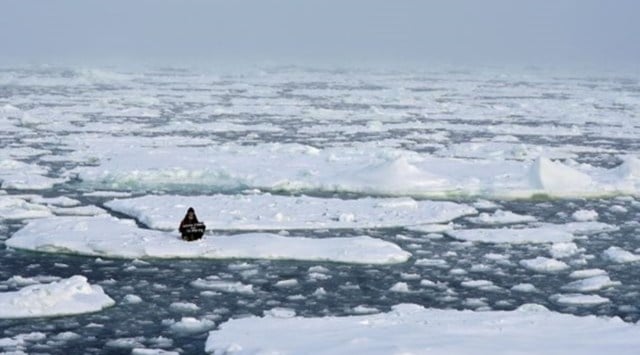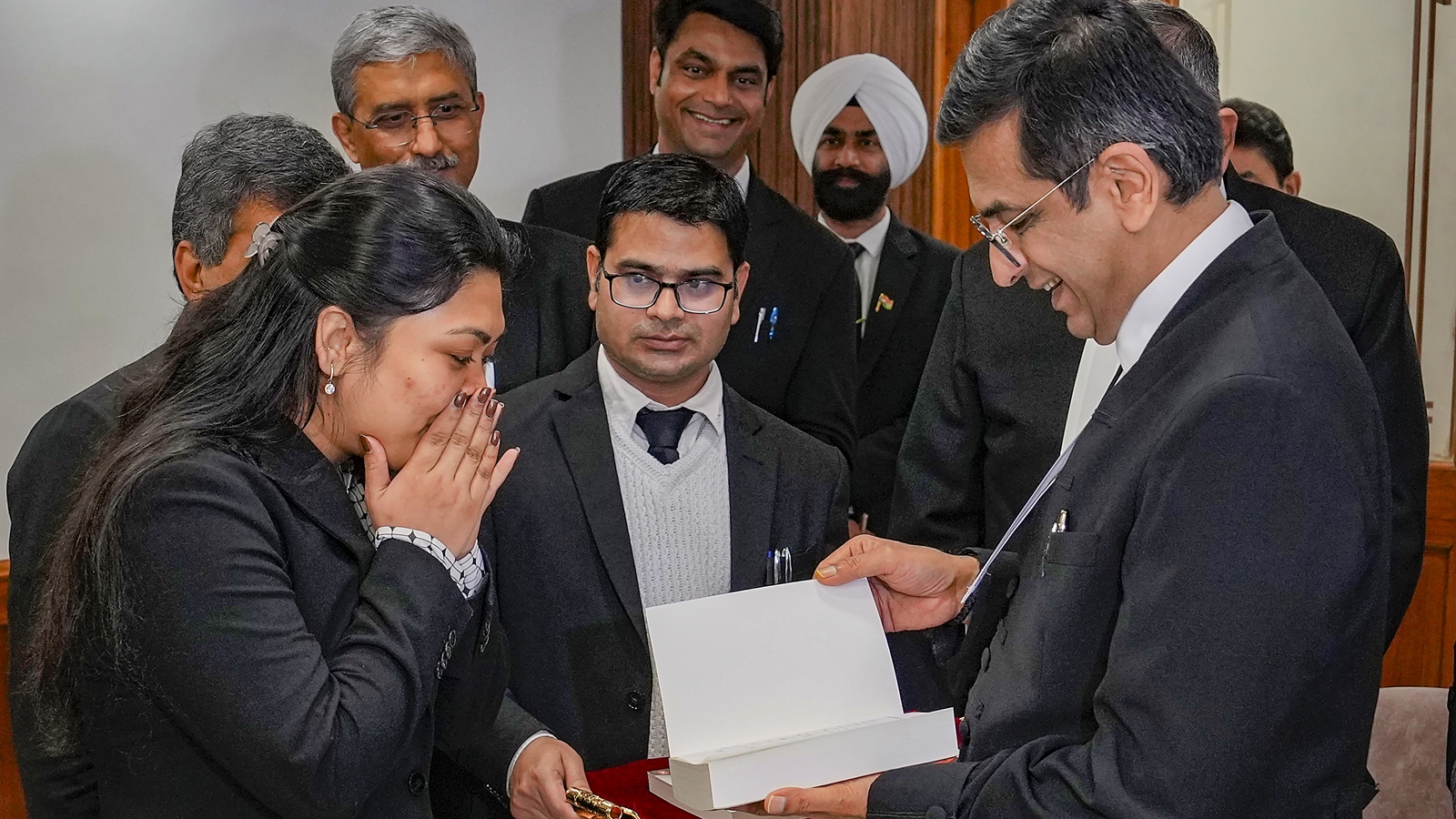
The Centre has recently unveiled India’s Arctic Policy, aiming to strengthen the country’s cooperation with the resource-rich and rapidly changing region. The policy also focuses on addressing climate change and protecting the environment in the Arctic, which is warming at a rate three times faster than the global average.
Entitled ‘India and the Arctic: building a partnership for sustainable development’, the policy is based on six key pillars: science and research, climate and environmental protection, economic and human development, transportation and connectivity, governance and international cooperation, and national capacity building. The policy was introduced by Earth Sciences Minister Jitendra Singh.
In addition to its abundance of mineral and oil resources, the Arctic region is important for its numerous shipping routes. Climate change is not only affecting the availability of resources but also altering global shipping routes, as highlighted in a report by the Manohar Parrikar Institute for Defence Studies and Analyses.
The policy outlines India’s historical ties with the Arctic region, dating back to the signing of the Svalbard treaty in Paris in February 1920. Since launching its first scientific expedition in 2007, India has established an observatory in Kongsfjorden and an atmospheric laboratory at Gruvebadet. As an Observer nation in the Arctic Council since 2013, India has actively participated in meetings and contributed to various working groups.
In the realm of science and research, India aims to enhance its research capabilities in the Arctic by strengthening facilities like the Himadri Arctic station in Svalbard and aligning its research with international priorities. The policy also outlines plans to utilize space technology for studying the Arctic region.
India also plans to assess the impact of climate change in the Arctic to enhance global response mechanisms. The country seeks to analyze the effects of ice melting on global shipping routes, energy security, and mineral resource exploitation.
Furthermore, India intends to explore the connections between the polar regions and the Himalayas, fostering cooperation with Arctic countries through scientific and traditional knowledge exchange in various forums.
(With PTI inputs)







